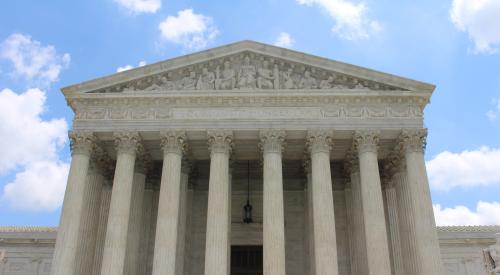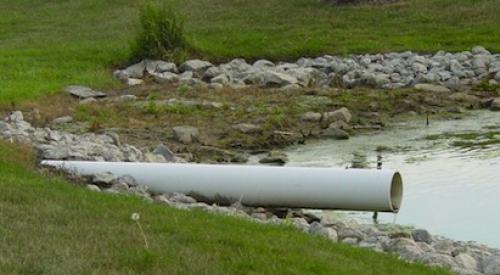| The demise of the Red Legged Tree Frog led the U.S. Fish and Wildlife Service to propose a 5.4 million-acre area of critical habitat in the state of California.
|
It is no secret that a growing number of regulatory obstacles have constricted the supply of land for home building -- particularly in fast-growing areas of the country. The question has been how best to fight the trend. For its part, the National Association of Home Builders recently provided a partial answer to that question when it backed a resolution urging congressional reform of the Endangered Species Act, specifically to the way "critical habitat" for protected species is designated.
Since its inception in 1973, over 1200 species of animals, insects and plants have been listed under the Act as either threatened or endangered. From the famous Spotted Owl in the Pacific Northwest to Tennessee's Appalachian Elktoe freshwater mussle, these listings have been less controversial to the development community than the resulting designations of protected "critical habitat".
For many years, the government's main administrator of the Act, the U.S. Fish and Wildlife Service, had an unwritten policy avoiding drawing lines on maps to identify critical habitat until a recent a spate of court decisions backed by environmental groups forced the agency to begin doing so. The result has been dozens of critical habitat designations that have proved very costly to residential developers in terms of professional fees and lengthened approval times.
In California where 276 species have been designated endangered or threatened, 5.4 million acres of land is facing new regulation as a result of just one proposed habitat designation for the Red-Legged Tree Frog. To provide perspective, it would cordon-off an area larger than total of all the urbanized land in the entire state, says David Smith, general counsel for the Southern California Building Industry Association who helped draft the NAHB resolution.
In the opinion of the NAHB, the Act suffers not only from being too broad in scope but also from poor implementation. Congress and the U.S. Fish and Wildlife Service, the NAHB resolution suggests, should rework the Act to allow for, among other things, habitat designations only in areas where the species in question is known to exist. The present threshold is much looser, allowing inclusion of areas conducive to a species' survival. But experts familiar with the situation concede that change to the Act will not occur overnight.
"Any reform of the Endangered Species Act will be a very long and difficult process," says David Smith. "The general public overwhelmingly supports the Act and I believe it is largely because they are ignorant of the abuses of the Fish and Wildlife Service in implementing it." Even small changes within the Fish and Wildlife Service's approach to the law, Smith says, would substantially decrease the burden on developers.
He argues that large designations would simply not occur if the Fish and Wildlife Service conducted real-world economic impact evaluations prior to any species designation. Under the Act, economic impact reports are required but are presently being dispensed in a cursory fashion because, in the opinion of many observers, the agency is short-staffed and specified 90-day turnaround times are too short to field the appropriate input from interested parties.
Not surprisingly, the Fish and Wildlife Service views the question of economic-impact differently. According to agency spokesman Hugh Vickery, the Act requires that economic impact of critical habitat be examined only beyond those costs imposed by the original species designation. In most cases, that impact is zero, Vickery says, because in the agency's opinion no additional consultation time is spent on winning development approvals after a species designation is declared.
"Critical habitat does not add anything as a regulatory burden," says Vickery. "People can make the point that there is a perception issue if they wake up in the morning and see actual lines drawn on a map. The question is, does any more consultation have to take place with the U.S. Fish and Wildlife Service, the answer in most cases is no."
| The California Gnatcatcher was given 513,000 acres of protected habitat in five southern California counties. Scientists studying DNA, however, dispute the fact that the bird ever existed as a separate species.
|
In addition to a movement on the legislative front, some home building groups are also fighting critical habitat designations in court. In the case of the California Gnatcatcher, a coastal bird that was listed as endangered several years ago, the Southern California BIA has filed suit in U.S. District court over the bad science that went into both the species designation and the resulting habitat protection. In October, scientists studying DNA evidence found that the California Gnatcatcher never existed as its own species. Meanwhile, 513,000 acres of land remains listed as critical habitat for the bird. According to one estimate, the cost to builders and developers for that one designation is in excess of $5.5 billion.












